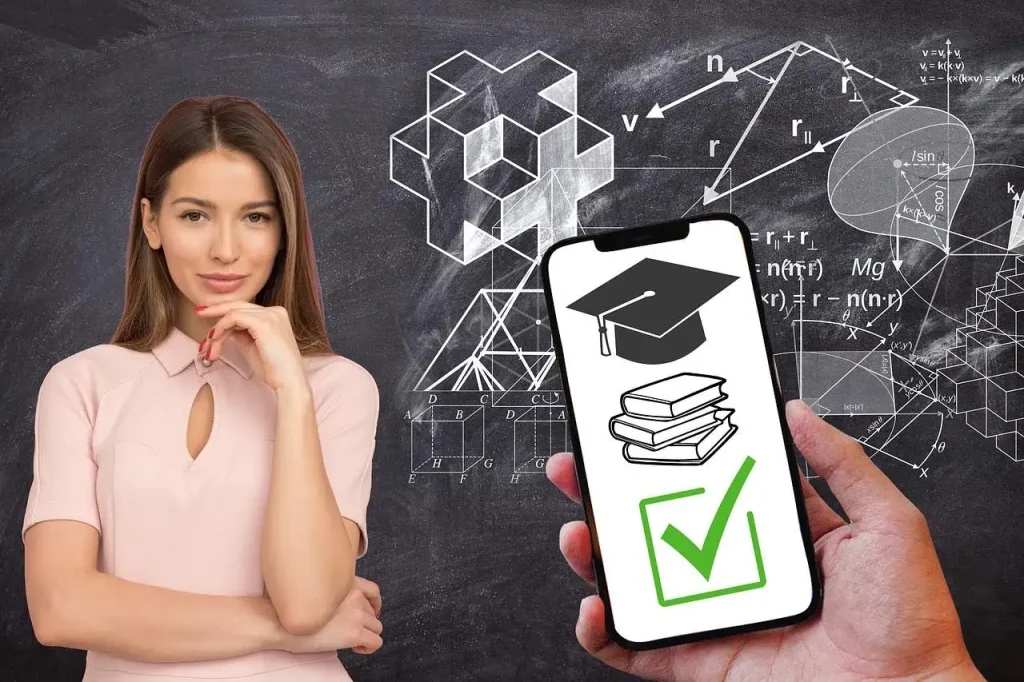Introduction
The landscape of education has undergone a seismic shift in recent years, propelled by technological advancements and the global COVID-19 pandemic. Remote learning, once a peripheral aspect of education, has now become a cornerstone of the educational ecosystem. This transformation has brought about both challenges and opportunities, shaping the future of learning in profound ways.
The Rise of Remote Learning
The COVID-19 pandemic served as a catalyst for the rapid adoption of remote learning worldwide. According to UNESCO, at the peak of the pandemic in April 2020, over 1.5 billion students across 190 countries were affected by school closures. In response, educational institutions swiftly embraced remote learning solutions to ensure continuity in education.
Reports from organizations like the World Bank and McKinsey & Company have highlighted the pivotal role of remote learning during the pandemic. McKinsey’s research found that educators and students quickly adapted to remote learning, with many reporting positive experiences and increased digital literacy. However, challenges such as the digital divide, disparities in access to technology, and concerns about the quality of online education underscored the need for continued innovation and improvement.
Advantages of Remote Learning
- Accessibility: Remote learning breaks down geographical barriers, providing access to education for students regardless of their location. A report by the United Nations Educational, Scientific, and Cultural Organization (UNESCO) revealed that remote learning has the potential to democratize education, particularly for marginalized communities and individuals in remote areas.
- Flexibility: Remote learning offers unparalleled flexibility, allowing students to learn at their own pace and convenience. The flexibility of asynchronous learning has been particularly beneficial for adult learners, working professionals, and individuals with diverse learning needs.
- Personalized Learning: Digital platforms and adaptive learning technologies enable personalized learning experiences tailored to individual student needs and preferences. A report by EdTechXGlobal noted that adaptive learning platforms use algorithms to analyze student data and provide personalized recommendations, improving learning outcomes and engagement.
- Cost-Effectiveness: Remote learning eliminates many of the costs associated with traditional education, such as commuting, accommodation, and physical resources. A study by the Brookings Institution highlighted the potential cost savings of remote learning for both students and educational institutions, making education more accessible and affordable.
- Enhanced Collaboration: Collaborative tools and virtual classrooms foster communication and collaboration among students and educators. The National Education Association (NEA) reported that virtual collaboration tools enable students to work together on group projects, participate in discussions, and receive real-time feedback, enhancing the sense of community and engagement.
Challenges and Opportunities
Despite its numerous advantages, remote learning also presents several challenges that must be addressed:
- Technological Barriers: The digital divide remains a significant barrier to equitable access to remote learning. A report by UNESCO found that millions of students worldwide lack access to reliable internet connectivity and devices, exacerbating inequalities in education.
- Engagement and Motivation: Maintaining student engagement and motivation in remote learning environments can be challenging. A report by the National Academies of Sciences, Engineering, and Medicine (NASEM) highlighted the importance of incorporating interactive elements, gamification, and peer-to-peer collaboration to enhance engagement and motivation.
- Digital Literacy: Some students and educators may lack proficiency in navigating digital platforms and tools, hindering their ability to fully utilize remote learning resources. A report by the International Society for Technology in Education (ISTE) emphasized the need for comprehensive digital literacy training and support for educators and students.
- Assessment and Evaluation: Traditional methods of assessment may not be suitable for remote learning environments. The Association for Supervision and Curriculum Development (ASCD) recommended leveraging technology-enabled assessment tools, such as online quizzes, simulations, and peer assessments, to effectively measure student learning outcomes.
- Social and Emotional Well-being: The isolation inherent in remote learning can have adverse effects on students’ social and emotional well-being. The American Psychological Association (APA) highlighted the importance of promoting social connections, providing mental health support services, and fostering a sense of belonging in remote learning environments.
The Future of Remote Learning
Looking ahead, remote learning is poised to become an integral part of the future educational landscape. Several key trends and developments are likely to shape the evolution of remote learning:
- Blended Learning Models: Blending traditional classroom instruction with online learning components offers the best of both worlds, providing flexibility and personalized learning experiences while preserving valuable face-to-face interaction and social connections.
- Adaptive Learning Technologies: AI-driven adaptive learning platforms will continue to gain prominence, providing personalized learning experiences tailored to individual student needs and preferences. These technologies will revolutionize the way educators deliver content and assess student progress, enhancing the efficiency and effectiveness of remote learning.
- Virtual Reality (VR) and Augmented Reality (AR): VR and AR technologies hold immense potential for immersive learning experiences, allowing students to explore virtual environments and engage with course material in a more interactive and hands-on manner. By simulating real-world scenarios and environments, these technologies can enhance learning retention and engagement.
- Gamification and Edutainment: Gamification principles and educational entertainment (edutainment) will be increasingly integrated into remote learning experiences to enhance engagement and motivation. By incorporating game elements, storytelling techniques, and interactive multimedia content, educators can make learning more enjoyable and effective, fostering intrinsic motivation and curiosity.
- Global Collaboration and Cross-Cultural Exchange: Remote learning transcends geographical boundaries, enabling students to collaborate with peers and educators from diverse cultural backgrounds. This global connectivity fosters cross-cultural understanding, empathy, and collaboration, preparing students for an increasingly interconnected and interdependent world.
Conclusion
Remote learning has emerged as a transformative force in education, offering unprecedented opportunities for accessibility, flexibility, and innovation. While challenges remain, ongoing advancements in technology and pedagogy are paving the way for a future where remote learning plays a central role in shaping the way we teach and learn. By embracing these developments and addressing the associated challenges, we can create a more inclusive, engaging, and effective educational landscape that empowers learners to thrive in the digital age and beyond.
You can look over mobile app development services for app development in the field of education for intuitive learning with new technology.









